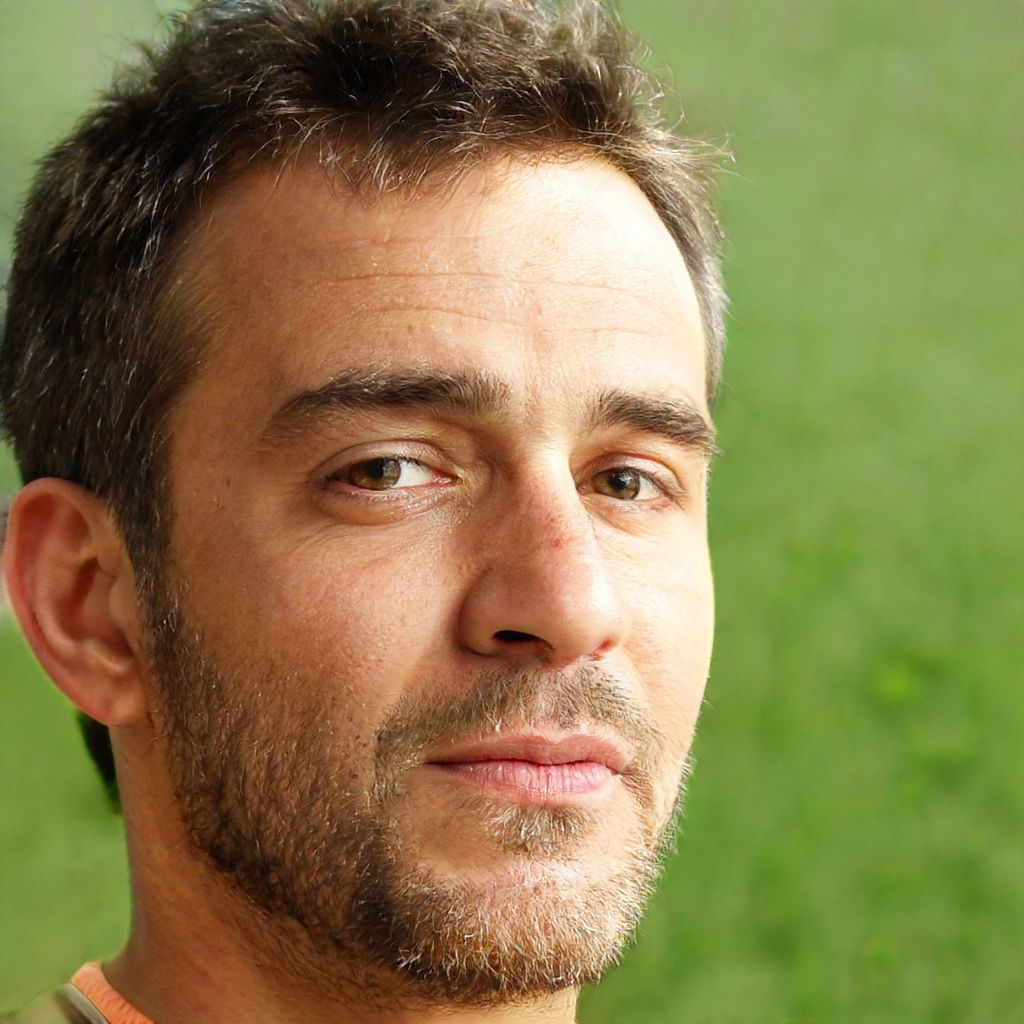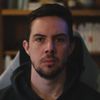Can AI help when it's "more of an art than a science"?
Even within technical fields, people describe specific tasks as "more of an art than a science". Within the context of AI, many will claim that AI can do the 'science' but not the 'art'. This begs the question of what art and science entail. With useful definitions of the two, we can begin to answer the question of where AI fits in.
Any sufficiently advanced technology is indistinguishable from magic. - Arthur C. Clarke
What science is and isn't
When we hear professionals describe work as an art rather than a science, it is rarely a discussion of traditional arts. Instead, they are often discussing the less process driver aspects of their work. Any work at the frontier of a field lacks well-defined processes. There has not yet been enough work to create a repeatable process. Over time, new patterns emerge, and what was once art becomes a science. This continued moving frontier is the work of hypothesis generation — creative generation of possible explanations or new processes. The assessment of those processes is what we think of as science.
Science, at its core, is the process of validating hypotheses. We design experiments, gather data and determine if that data fits our hypothesis. If it does, the model and hypotheses we created become credible and can be repeatably tested. This is true both in lab science and the part of our work we describe as 'science'. In the professional world, these hypotheses are more often presented as processes. An event occurs, and we find a suitable set of instructions. We follow those instructions and verify that what occurred matched our expectations. Most work processes don't involve data collection and statistics but are science all the same. Given a set of straightforward steps, we can usually design an algorithm or AI model to replicate that process regardless of their complexity.
AI as a scientist
There are many examples of AI replicating well-defined processes. This can range from AI chatbots assisting with customer support to AI assessment of medical data. These models are often well defined, and their success relies on access to well-labelled data and the choice of a suitable loss function.
Failure to find a well-defined loss function or enough data will lead to poor performance. Issues with data bias can lead to models that perform poorly on a subset of scenarios. This is why many high-risk professions have yet to allow AI free reign, even in controlled scenarios. While poor performance can come from inadequate training, if AI is to step into the world of art, it needs to function when the rules are unknown.
Classic art and professional artistry
There are many ways we can define art. We can look at the classical art forms of painting and sculpture and their modern digital cousins. The definitions for art in this form are wide and varied, which I suspect are largely part of the claim that AI is incapable of producing it. Taking the most pragmatic view, we could design a proxy that would allow us to know if AI is capable of artistic output.
This test we'll call Turing's Gallery. Imagine an art gallery; digital is simpler but not a constraint. Within this gallery are artworks, some created by humans, others by AI. Patrons to this gallery know some art is created by humans and others by AI. Their goal is to tour the gallery and determine if each work is of human or AI origin. The AI is deemed an artist if a human viewer cannot tell the difference. In this scenario, we would expect some people to pick the AI art through random selection, so we need to compare these artworks to their human counterparts. If we see no clear separation, the AI is an artist.
We can imagine a variant of Turing's Gallery within the professional world. We imagine an AI model tasked with taking arbitrary input data from one profession and determining new hypotheses to test. We'd restrict this AI to scenarios not already covered by well-defined processes. The AI can be said to be an artist here if its hypotheses are deemed credible at a similar rate to their human counterpart. The latest in AI has made progress in this field but still has some ways to go.
AI as an artist
There are countless examples of AI that creates photorealistic images. Human faces, pictures of cats and outdoor scenery created by generative adversarial networks or GANs are rapidly becoming difficult to differentiate from actual photos. Art, however, isn't typically a contest for photorealism. Many famous paintings bare little resemblance to real-world objects but instead serve to crystallise some emotional message. For AI art to take its place on a gallery wall, it must pass this test. In that regard, there is some progress being made. In 2018 Christies auctioned an AI-generated artwork for over $420,000. Whether this would have passed the test of Turning's gallery is unknown, but it seems that AI is making some headway into the traditional art world. Progress in the 'art' of many knowledge work careers is still in its early stages.

Some of the best examples of AI attempting to produce the 'art' of 'art, not science' can be seen in advances in reinforcement learning. In these scenarios, AI agents are placed into complex simulated environments. The data that AI uses to train itself is often a simple win or lose outcome at the end of a complex set of steps. For AI to thrive under these conditions, it needs to develop skills to adapt to uncertain environments where the rules and processes are unclear. A visually appealing example of this work was completed by DeepMind in 2019, teaching AI to play a competitive capture the flag game. The AI agents learned several interesting techniques that may well pass the test of Turning's Gallery if presented to observers.

Despite this progress, we're yet to see widespread examples of AI in complex real-world scenarios. They thrive under many simulated conditions but have not yet advanced enough to succeed in the real world. This will change with time as AI advances in both theory and implementation. At some point, AI will be capable of the parts of our careers we describe today as more art than science, eventually capturing almost all of it. For now, however, the world of art remains the domain of humans.
